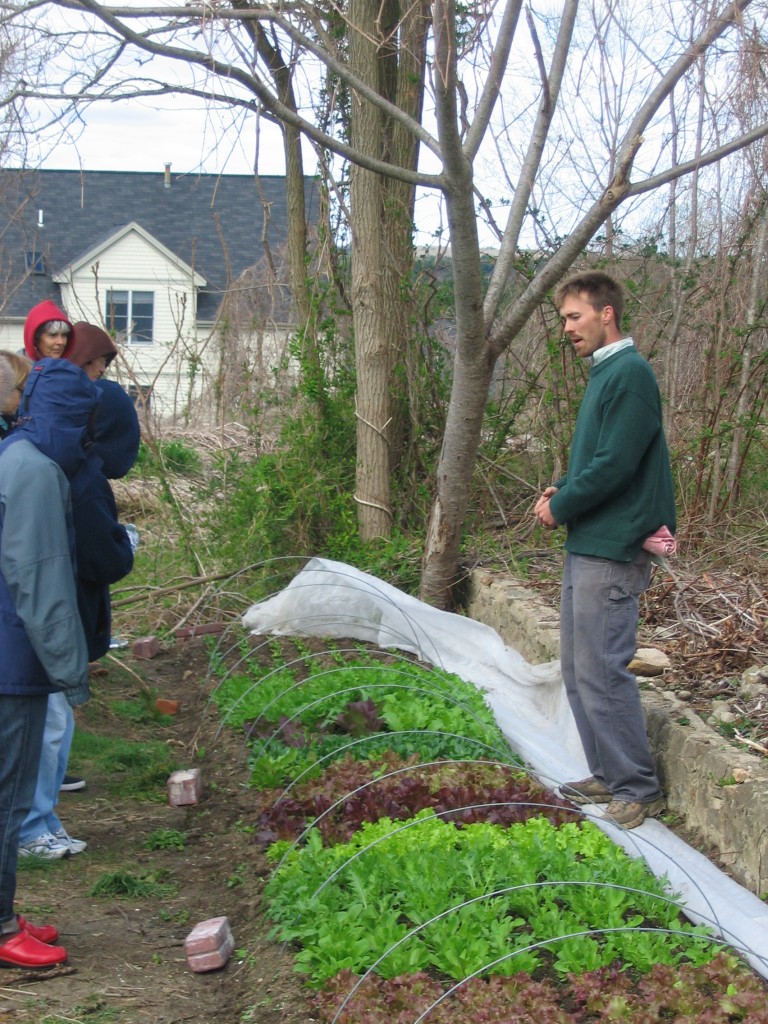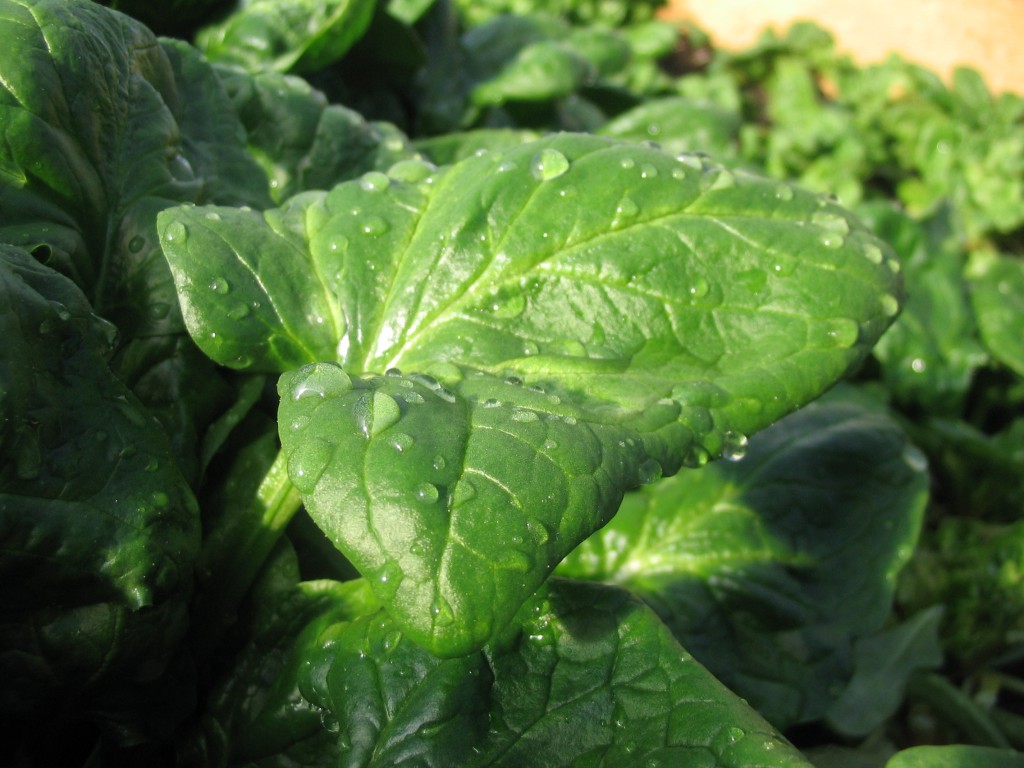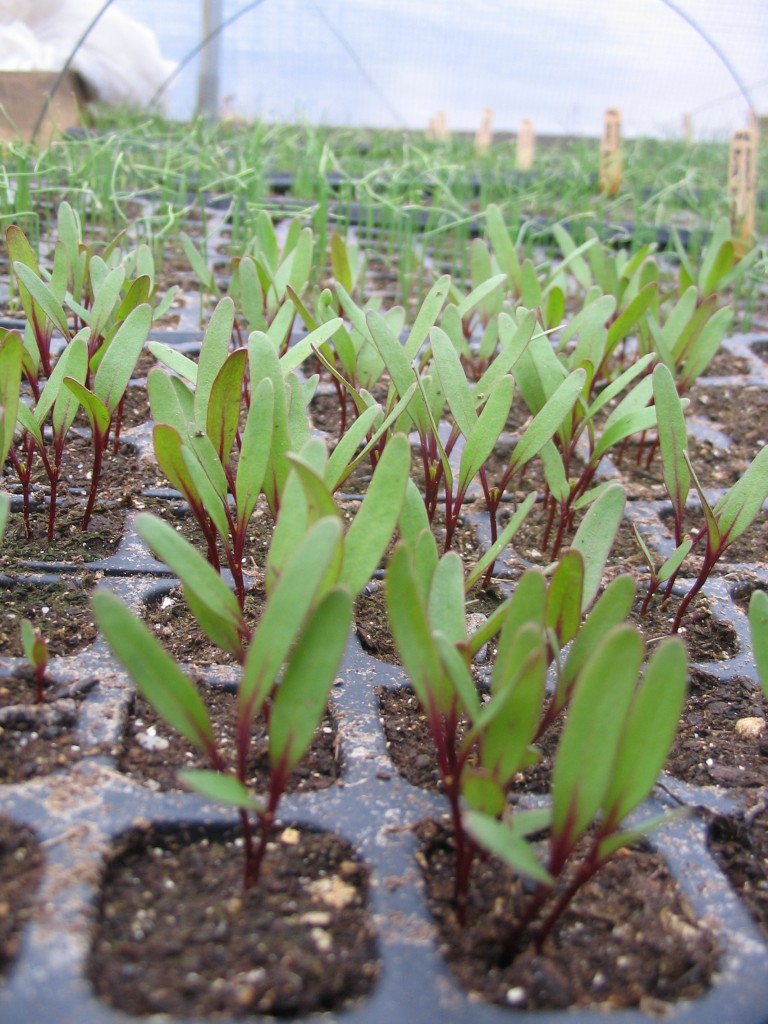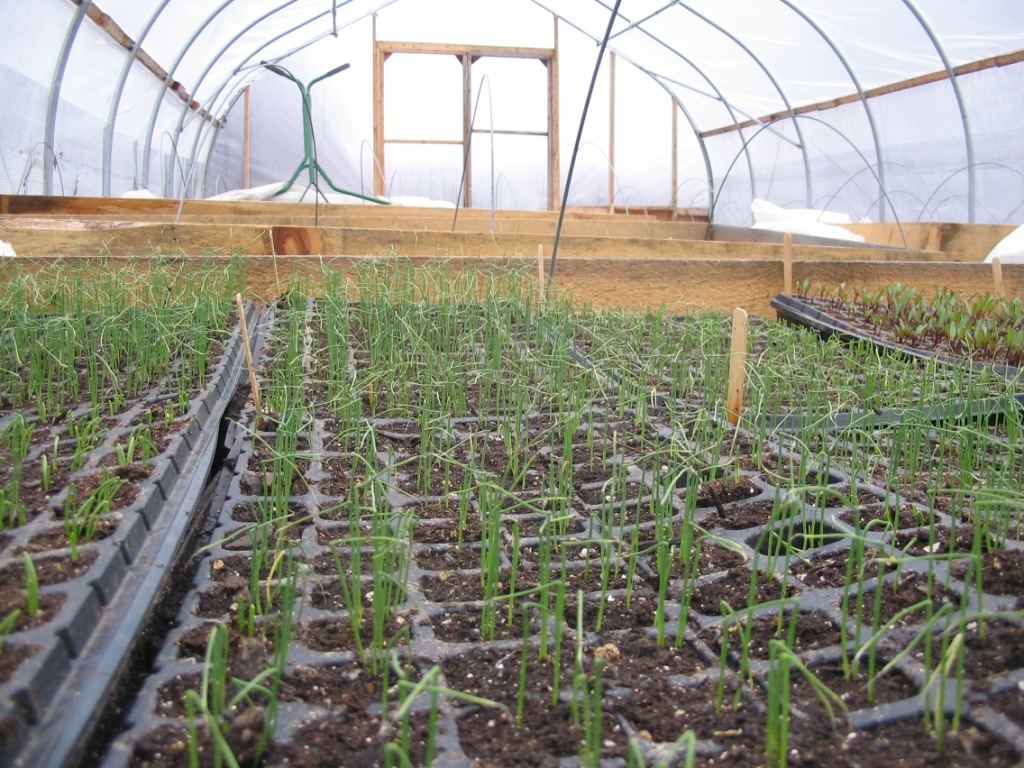I’m looking forward to squeezing in a break from fieldwork later today to listen to Carol Mosley Braun speak at UMass Dartmouth. She’ll be presenting information and a talk about her current passion; Ambassador Organics, which markets organic and biodynamic coffee, teas, and spices.
Since we arrived on our land here on Tucker Road we have been working with the Josephine Porter Institute, who supplies Biodynamic Preps (think of them as a mix of compost tea, homeopathic energetics, and a method for farmers to bring new spiritual energies to our farms) for growers who aren’t currently able to produce their own preps. Later this month, as our fields continue to warm up for the season, we’ll be applying field sprays of horn manure and equisetum. These preps are only one part of our fertility plan which aims to bring vibrant life back to our soils here on the farm; if you drive by on Tucker Road and see us with a backpack sprayer we are likely applying a biodynamic prep, compost tea, or fish fertilizer; all of which play a crucial role in reinoculating our land.
Much like Rudolf Steiner who wrote and lectured on a wide array of topics, Robert Karp who is the Executive Director of the Biodynamic Association in the U.S. recently penned a terrific essay examining economic relationships inherent to sustainable agriculture systems, “Toward an Associative Economy in the Sustainable Food and Farming Movement”, link available through the BD association website.
In the spirit of recycling near Earth Day, here is a blog post from the original Brix Bounty Farm Blog from December 2008 with a few good links regarding Biodynamics:
Biodynamics is a field of agriculture that has developed from an initial series of lectures, Spiritual Foundations for the Renewal of Agriculture, presented by Rudolf Steiner in the summer of 1924.
In 2006 and 2007 I farmed at Hawthorne Valley Farm in Harlemville, NY. While I focused primarily on the 12 acres we had in vegetable production, the farm also had a dairy herd that played a central role in the life and fertility of the farm. Hawthorne Valley has played a leading role in the development of Biodynamic Agriculture in the eastern United States, alongside: the Pfeiffer Center in Spring Valley, NY and the Josephine Porter Insitute (JPI) for Applied Biodynamics in Virginia.
Biodynamics has a national certifying agent, Demeter USA. I’m not aware of any certified biodynamic operations along the Southcoast though there are a few growers who are using practices associated with Biodynamics.
On a slightly different note, I’ve been working on a brief resource list for Know Your Vegetables. One site I’m sure to include is ATTRA (the National Sustainable Agricultural Information Service), they are a great resource for gardeners and farmers of all experience levels; they regularly publish information on a wide array of relevant topics. Back in 1999 they published information on Biodynamic Farming & Compost Preparation.
In the recent years, Biodynamic Agriculture has continued to grow in both interest and practice throughout the States. I reckon the movement will continue to grow well in the future, thanks in part to the development of a North American Biodynamic Apprenticeship Program.



